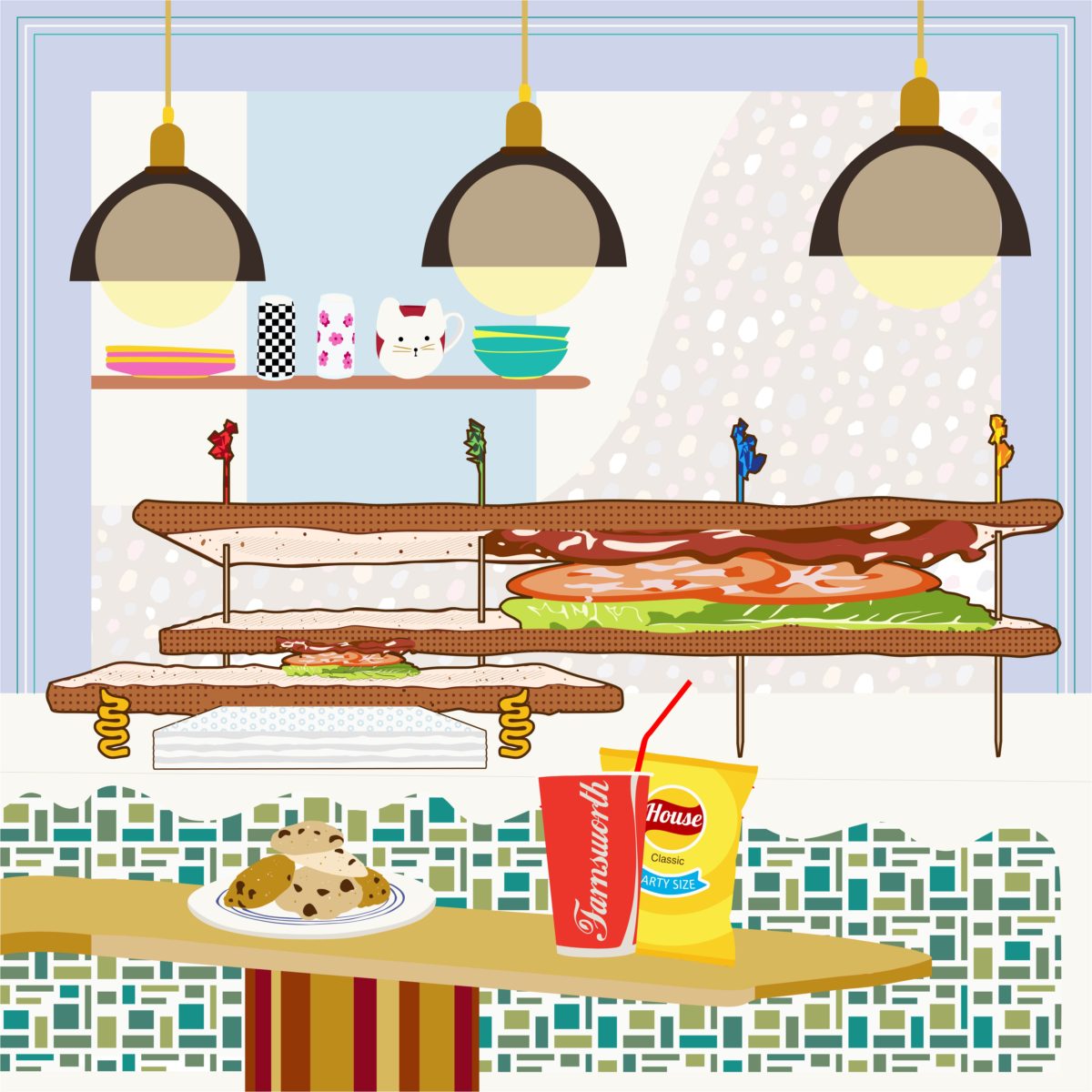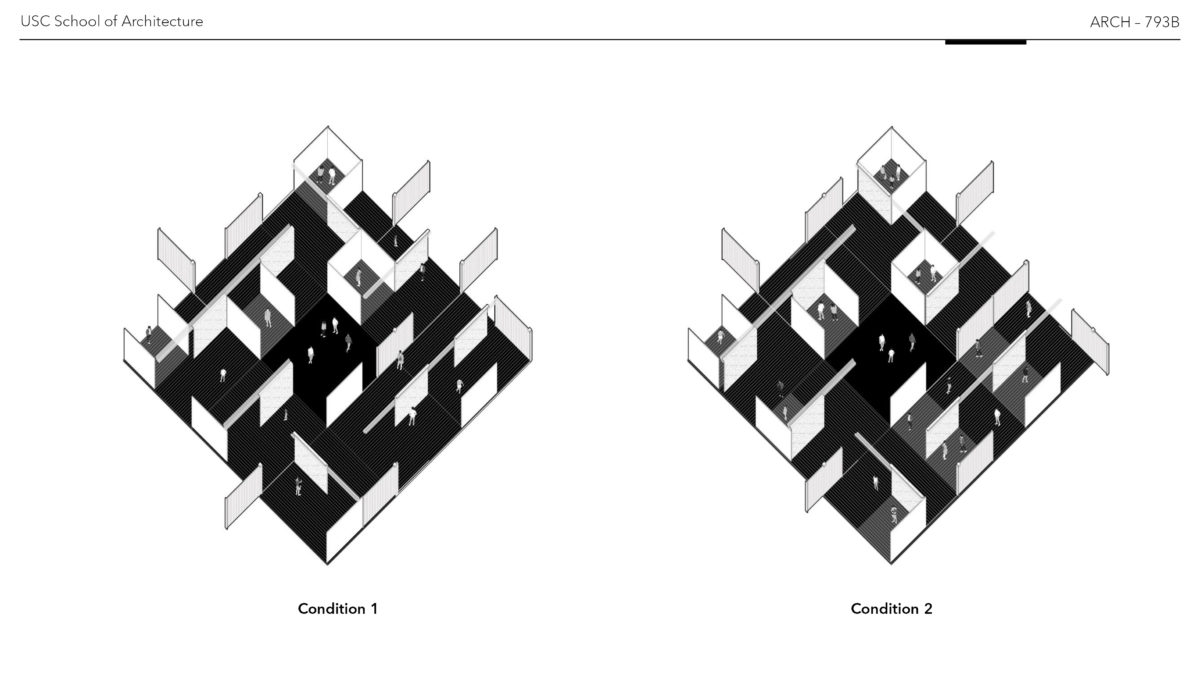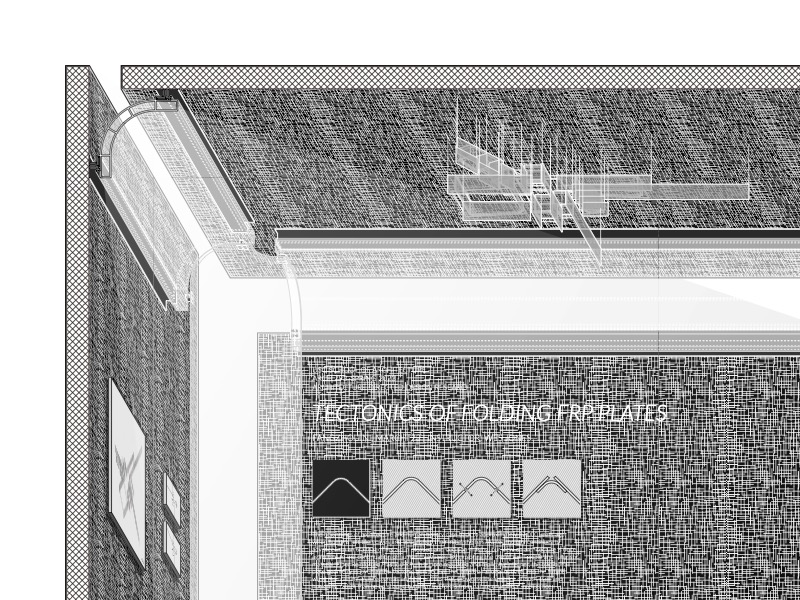A lot of really opulent architecture that is championed is nothing more than sweets for the culture. It has no substance, and it doesn’t really serve any purpose. Yet still, it’s the opportunity for architects to make their own legacy, landmark, and language; the opportunity to become their own Cesar, Cobb, or Waldorf. For today’s daily Plated Tectonics special, we have eight delicious illustrations that visualizes (and stimulates dialog on) the capabilities and contradictions of plate tectonics by reimagining architecture as familiar foods. Despite ongoing questions on the definition, uses, and limitations of plate tectonics, no definite answer has been reached, but what better way to discuss this unconventional geometry than over a meal, the universal facilitator of conversation?
Plated Tectonics



